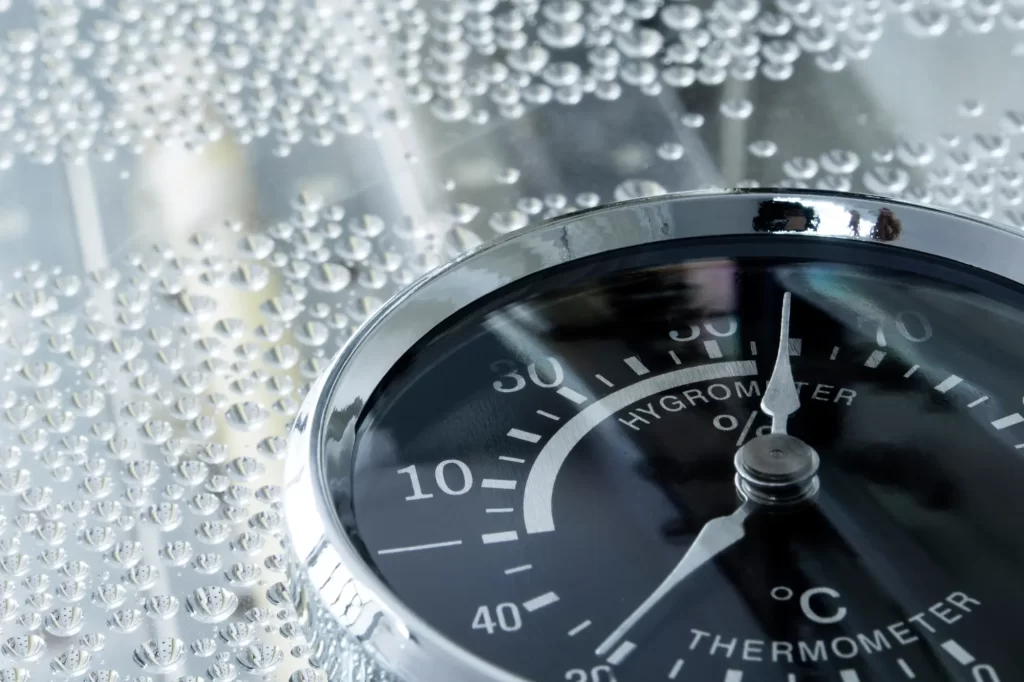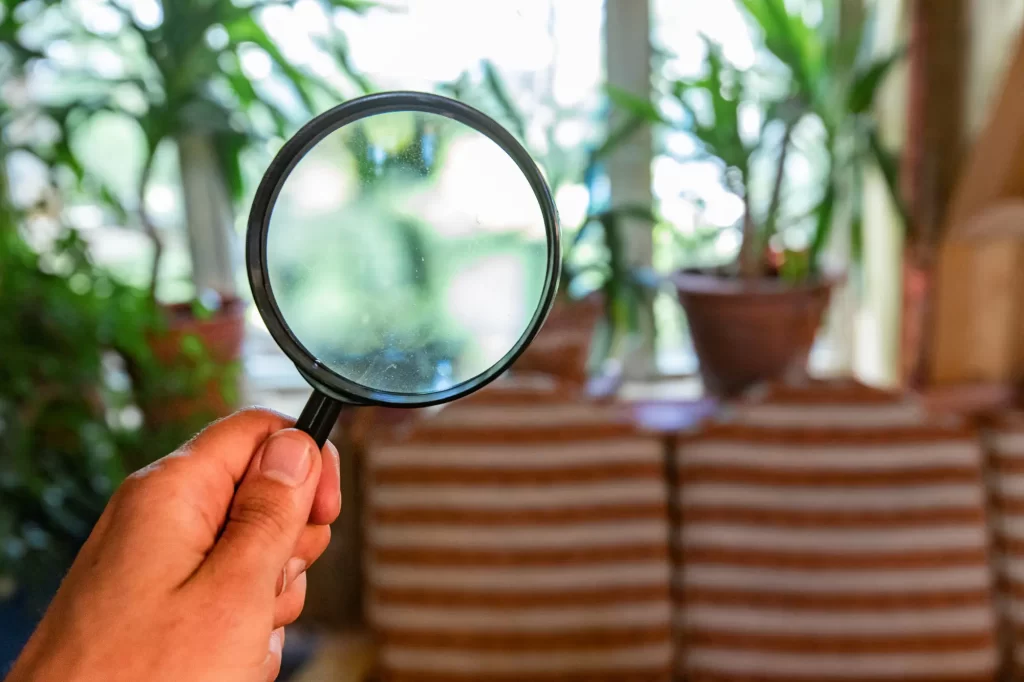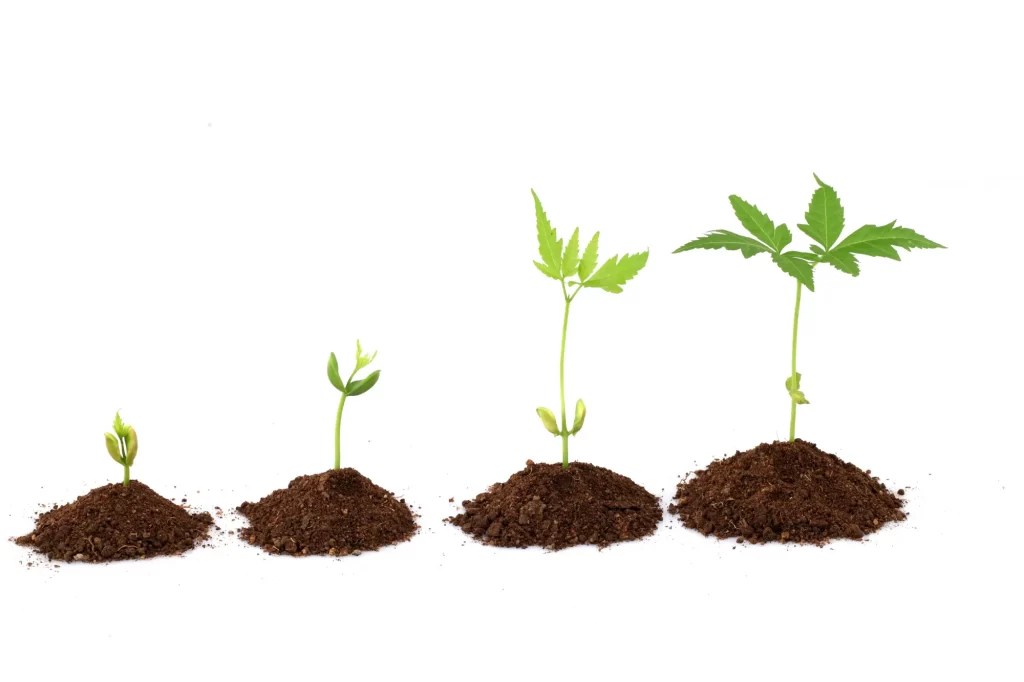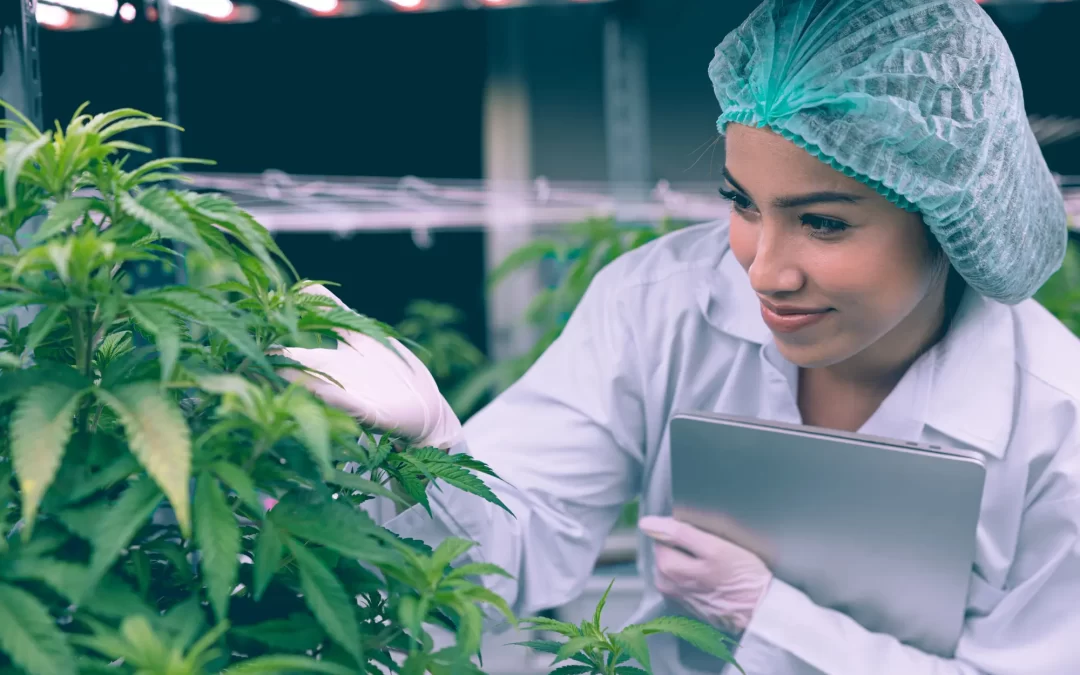Maintaining the Right Humidity Level is Essential to Cannabis Cultivation
Cannabis cultivation has come a long way since the days of growing in basements and closets. With the rise of legalization, many cultivators are now operating large-scale commercial grows, often indoors. While indoor cultivation offers many advantages, it also brings with it some unique challenges—one of which is humidity control.
Humidity is an important part of the cannabis growing process. Too much moisture can lead to mold and mildew, while too little can cause the leaves to dry out and become stressed. As a result, maintaining the proper level of humidity is essential to producing high-quality cannabis. Read on to learn more about the role humidity plays in cannabis cultivation and how to best control it in your indoor facility.
The Role of Humidity in Cannabis Cultivation
Cannabis plants release water vapor during the process of transpiration. In a humid environment, this water vapor will linger in the air, providing moisture for the plants. However, if the humidity is too high, this water vapor will condense on the leaves and stems, leading to mold and mildew growth.
To avoid this problem, cultivators must carefully control the humidity level in their grow room. The ideal range for cannabis plants is between 40-60%. This allows for proper transpiration while preventing excessive condensation on the leaves.
Maintaining Humidity Levels in an Indoor Grow Room
One of the most common ways to control humidity in an indoor grow room is through the use of a dehumidifier. Dehumidifiers work by extracting water vapor from the air and then expelling it outdoors. By running a dehumidifier in your grow room, you can remove excess moisture from the air and ensure that your plants are growing in a healthy environment.
Another way to control humidity is through ventilation. Proper ventilation will help circulate air throughout your grow room and remove humid air that can lead to mold and mildew problems. When combined with a dehumidifier, ventilation can be an effective way to maintain optimal humidity levels in your grow room.
Finally, it’s important to monitor the relative humidity (RH) level in your grow room on a regular basis. By using a hygrometer, you can track RH levels and make adjustments as needed to ensure that your plants are always growing in a healthy environment.

Moisture, Mold, and Mildew
Veteran growers will be very familiar with some of the consequences that can result from inadequate humidity control. Too much moisture in the air can lead to mold and mildew growth, which can quickly spread throughout a cannabis facility and cause serious damage to plants. To prevent this, growers should regularly monitor their humidity levels with an accurate hygrometer and adjust as needed.
One of the toughest parts of controlling your indoor grow environment is that a small change in the humidity can have a big impact. To get the best results, it’s important to make adjustments in small increments and keep an eye on how your plants are responding.
Having the experience and expertise to pull off consistently high yields is as much art as it is science. If you aren’t feeling confident in your ability to control this element of your operations, reaching out to a professional cannabis cultivation consultant can help.
A consultant can help make sure you have the right equipment to control humidity guaranteeing the ideal humidity level, temperature control, and the perfect air circulation. Combining each of these factors means that you are creating a flawless micro-environment to bring your cannabis plants to their fullest potential.

Temperature and Relative Humidity – Why It Matters
The ambient temperature of your grow facility plays a large role in determining the overall quality and health of your plants. Furthermore, the ideal temperature varies depending on the stage of the plant’s development. What might be ideal for the seedling phase will definitely be wrong for the flowering phase.
Extremely hot or cold temperatures can have a significant effect on plant life.
An increase in the temperature above 30°C will cause many enzymes involved with photosynthesis to work less efficiently, while also increasing pests that thrive at these high rates (such as spider mites).
This increase in ambient temperature will in turn lead to an increase in the soil’s moisture levels allowing water more access to pores between nutrients. This increased pore access can result in nutrient deficiencies.
This is why it’s also important to note relative humidity when determining the proper temperature of your grow room ecosystem. Relative humidity is the moisture content in the air compared to what it can hold at a given temperature. Too little relative humidity can cause cannabis plants’ leaves to become dry and brittle, while too much relative humidity can lead to the development of mold, mildew, and other harmful organisms.
By monitoring the temperature and relative humidity you are better able to understand the environment in which your cannabis plants are growing and make any necessary adjustments.
The most productive and healthy yields are achieved by using multiple thermo-hygrometers. Due to humidity levels varying considerably both above and below the canopy. these additional thermo-hygrometers will help to ensure consistent humidity around the plants themselves, producing a more consistently high-quality product.
Ideal Temperature for Each Stage of a Plant’s Development
The 3 stages of a cannabis plant’s development are germination (seedlings), the vegetative stage, and the flowering stage.
Each of these stages of growth requires a different air temperature range to ensure optimal health:
– Germination (seedling stage) should take place at temperatures between 25-30°C with relative humidity levels of 70-90%.
– During the vegetative stage (growth stage), cannabis plants prefer temperatures between 18-24°C with relative humidity levels between 40-60%.
– During the flowering stage, temperatures should be between 16-21°C, with RH levels of 40-50%. Lower relative humidity at this stage is essential for cannabis plants to produce large and resinous buds.
It’s important to note that these temperatures and humidity should be monitored and adjusted as needed. If RH is too high or low for any given stage of your cannabis plant’s development, it can lead to stunted growth and a decrease in bud production.

Conclusion:
Humidity plays an important role in cannabis cultivation—too much or too little can adversely affect plant growth. As a result, it’s essential to carefully monitor and control humidity levels in your indoor grow room. By using a dehumidifier and ensuring proper ventilation, you can create a healthy environment for your plants to thrive.

